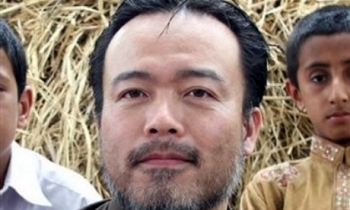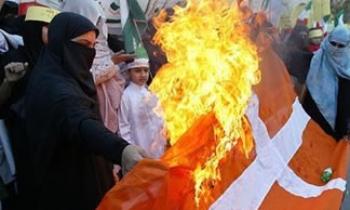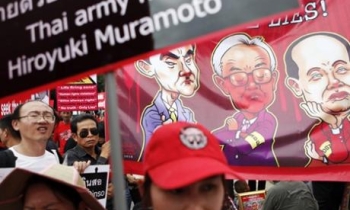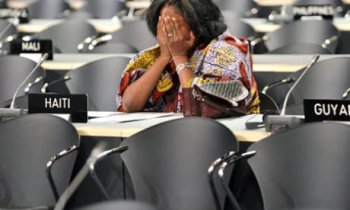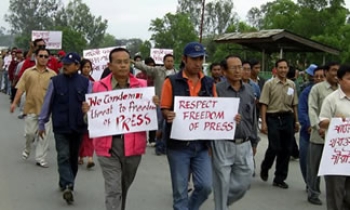KABUL, 26 December (IRIN) - Regional warlords, coupled with low government presence, continue to threaten freedom of expression in Afghanistan, the country's leading media association warned on Monday in the capital, Kabul.
"Journalists are still not considered entirely free. They face pressure and intimidation and violence from warlords in regions still not under the full control of the central government," said Rahimullah Samander, president of the Afghanistan Independent Journalists Association (AIJA), adding that incidents of violence against journalists had actually increased over 2004.
"Violence against journalists has doubled compared to last year. During 2004, there were only around 15 cases of violence against journalists, but in 2005 those cases reached 30 across the country," Samander said, adding journalists faced killings, kidnappings, threats and imprisonment.
"Shaima Rezai, a worker at Tolu, a private TV channel in the capital, and Mohammad Mawaind, a local journalist in Khost province were killed this year," the AIJA official explained, calling on the government to take stricter measures in ensuring the safety of journalists in the war-ravaged country.
Experts believe that a healthy media is vital for Afghanistan's political and economic development. But due to high illiteracy rates, radio continues to provide the main source of news for most Afghans. In major cities such as Kabul, television is also finding its place in daily life.
Media had been under considerable pressure in the western city of Herat, where a prominent female poet, Nadia Anjuman, 25, was killed after a serious assault in her home in November. Herat has the worse record of violence against journalists this year, Samander noted.
According to Khalida Khursand, a local journalist in Herat, violence against free speech had been increasing in the province.
"There is self-censorship because of threats of regional warlords," Khursand noted.
But there are also reports that suggest government pressure on journalists.
In December 2004, Abdul Hamid Mobarez, former deputy minister of information and culture, resigned in protest over what he described as the ministry's "censorship of the media."
Under the hard-line Taliban regime there were only a few newspapers in Afghanistan and they were controlled by the state. The only radio station was Radio Shariat which broadcasted mostly religious programs. Television was banned.
But four years after the Taliban's fall, all that has changed. Around 300 publications are now registered with the Afghan Ministry of Information and Culture. There are also 42 radio stations and five private television stations across the country.

